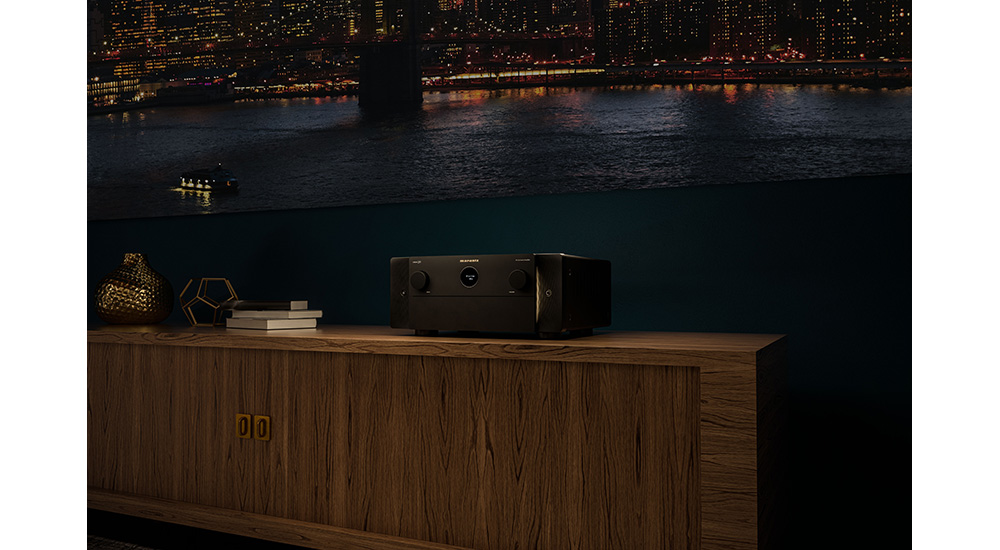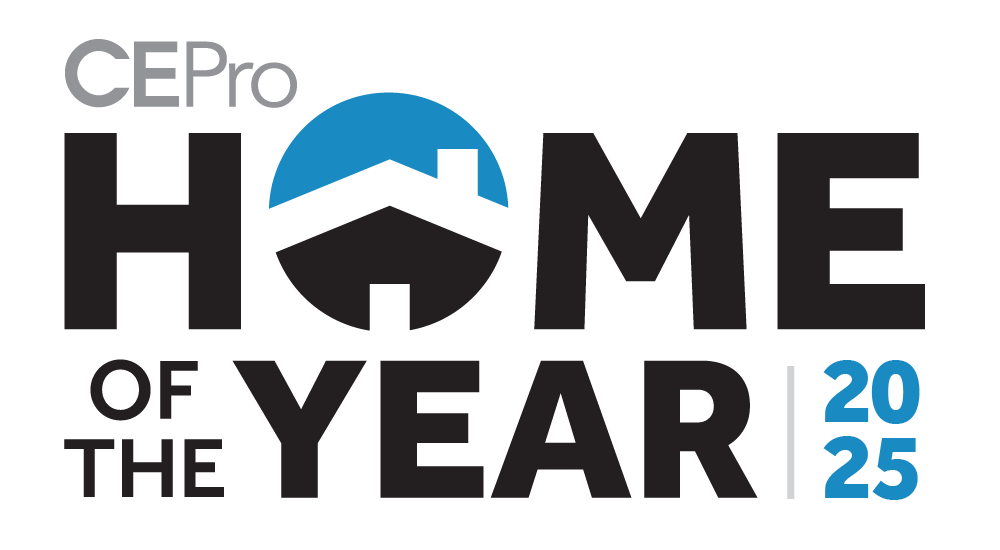Dirac has announced that its Dirac Live Active Room Treatment (ART)(Dirac Live ART) solution is now available on a range of Denon and Marantz AV receivers. All Denon and Marantz AV receivers and AV preamplifiers that currently support Dirac Live Room Correction and Dirac Live Bass Control will also support Dirac Live ART, enabling owners to further elevate their systems with advanced low-frequency spatial correction.
In North America, compatible Denon models include the AVR-A1H, AVR-A10H, AVR-X6800H, AVR-X4800H, and AVR-X3800H. In Europe and APAC, these models are designated as the AVC-A1H, AVC-A10H, AVC-X6800H, AVC-X4800H, and AVC-X3800H. Supported Marantz models include the AV10, AV20, CINEMA 30, CINEMA 40, and CINEMA 50.
“Dirac Live ART unlocks an entirely new level of performance for Denon and Marantz systems,” says Fredric Tapper, vice president and head of business development, Dirac. “As two of the most trusted and widely adopted brands in home theater and audio, Denon and Marantz are among the first to feature this breakthrough technology, bringing studio-grade precision and innovation to a broader audience.”
Dirac Live ART was introduced in 2023 as a professional-grade addition to the Dirac Live platform, designed for listeners seeking the highest level of precision from their home audio systems. It builds on Dirac Live Room Correction, which optimizes the magnitude and phase response of a system to deliver balanced, transparent sound, and Dirac Live Bass Control, which adds intelligent subwoofer optimization.
“By enabling every speaker to work in unison to control and smooth low frequencies, Dirac Live ART delivers bass that is tighter, more articulate, and consistent across the entire listening area,” comments Tapper. “Whether in a purpose-built theater or an open living room, it elevates the system into a precisely tuned environment where every note and detail comes through with greater clarity and impact.”
According to the Swedish company, its new equalization technology takes performance a step further by turning every speaker in the room into a cooperative system that actively manages bass resonances in the critical 20-150 Hz range, reducing reverberation times and improving bass clarity across all listening positions.







